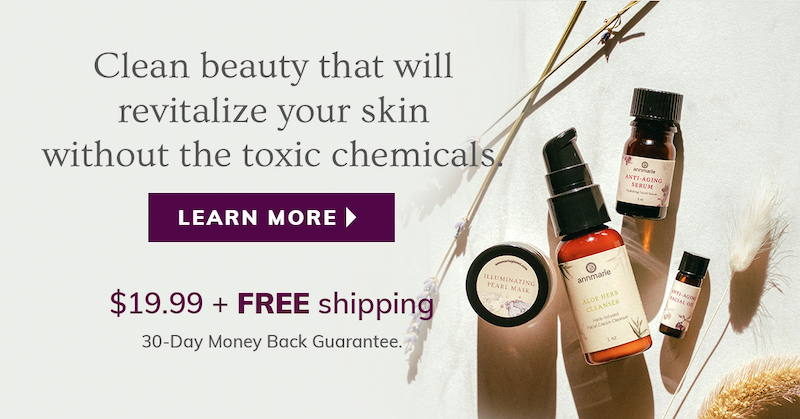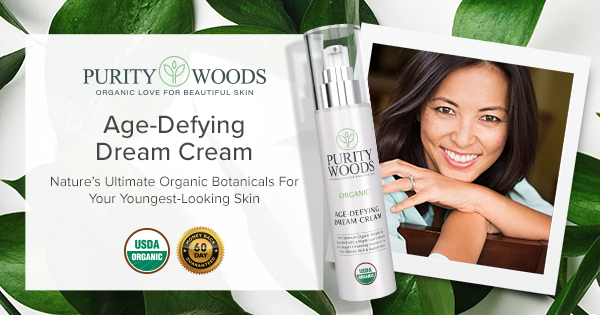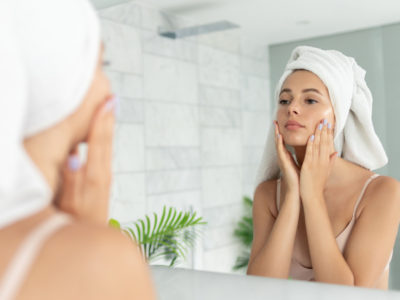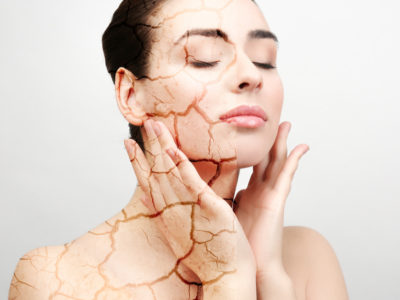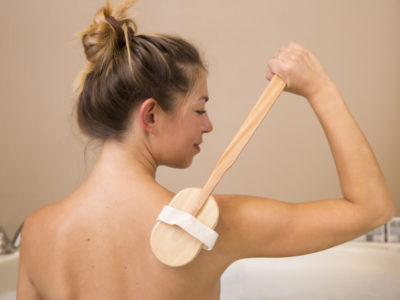If you’re reading this, you’ve probably considered a bare minimum skincare regime. And who could blame you? The simpler the routine, the easier it is to fit into a busy lifestyle. No, you don’t have to spend half an hour on your skin every night to keep it fresh and healthy. You don’t have to spend hundreds of dollars on a full suite of designer skincare products either.
Your personal routine will depend largely on what type of skin you have (oily, dry, normal, sensitive, or combination), what the environment is like where you live, what products you choose, and what your body’s reactions are to your diet and lifestyle.
But generally speaking, a basic, no-frills skincare regime will involve just five steps:
- cleansing,
- exfoliating,
- protecting,
- nourishing, and
- supporting from within.
Step 1 – Cleansing
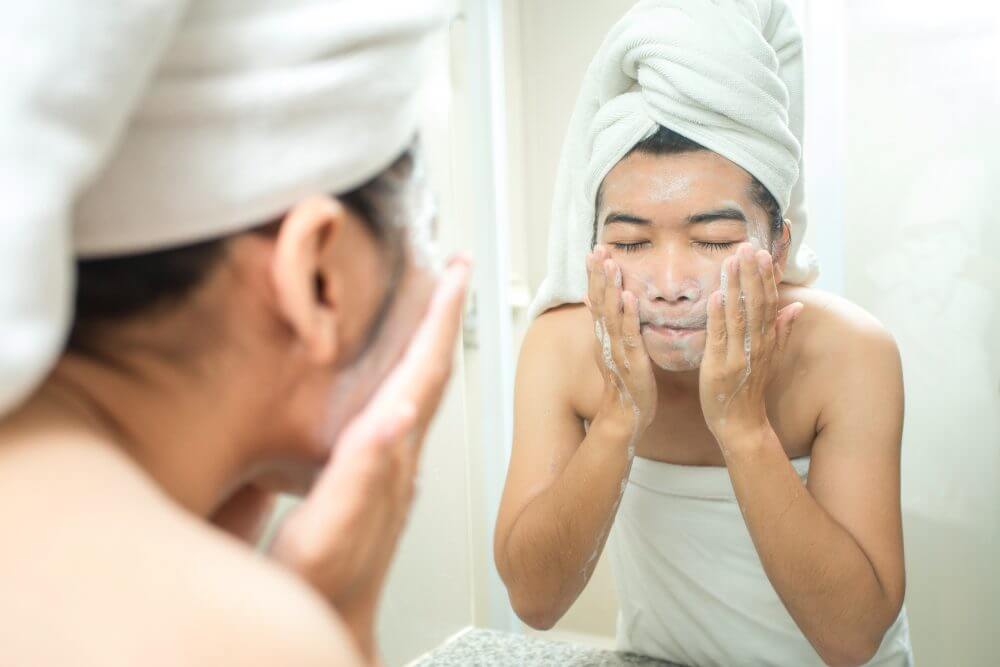
Bad news first: yes, you still need to cleanse. Your skin produces a natural oil called sebum, which acts as a protective barrier against foreign invaders. Throughout the day, this sebum builds up, along with external pollutants like dirt, dust, bacteria, viruses, oils from food and other sources, and the dead skin cells your body naturally sheds.
The pores on your skin run the risk of getting clogged by this build-up, resulting in pimples or even acne. What’s more, with a layer of grime on your face, your skin can’t receive as much hydration from moisturizers or other beneficial products.
The good news is this step doesn’t have to be expensive, complicated or time consuming. Some people can get away with just warm water (or micellar water) and a washcloth. However, if you’re contending with oily skin, sensitive skin or allergies, you may be better off finding a gentle natural cleanser to ensure the right pH and mix of ingredients for your skin type. (Depending on the cleanser you choose, and if you have acne-prone skin, you may also need an additional toner.)
Looking for a new cleanser? We recommend Annmarie Skin Care.
Step 2 – Exfoliating
While cleansing gets off most of the dirt and oil, it doesn’t remove all the dead skin cells — and as they accumulate, your skin can end up looking tired and dull. Here’s where exfoliating comes in, offering that extra boost of purifying power (while also helping to prevent or treat ingrown hairs). There are two types of exfoliating techniques:
Mechanical exfoliation uses friction to slough away the build-up of old skin. It usually involves a brush, sponge or washcloth, or solid particles like seed powder and oatmeal. (Avoid buying products with exfoliating plastic microbeads, as these can end up in our rivers and oceans, where they find their way into the food chain.)
Chemical exfoliation uses acids or enzymes to loosen the layers of old skin. It’s not as scary as it sounds. You can say you’ve used a chemical exfoliator if you’ve ever used a product containing retinol (vitamin A), alpha hydroxy acids (AHA), beta hydroxy acids (BHA), salicyclic acid, papain (an enzyme found in papayas) or bromelain (an enzyme found in pineapples).
Though this is a vital step in a bare minimum skincare regime, it’s equally important that you don’t overdo it, as aggressive exfoliation or over-exfoliation can irritate your skin, worsening its condition. Rule of thumb: if you have a normal skin type with no other infections or conditions to worry about, aim to exfoliate twice a week — this frequency may vary depending on your circumstances.
As for what method to use, the American Academy of Dermatology recommends mild chemical exfoliation for people with sensitive skin, while people with normal or oily skin can use stronger formulations or a mechanical option.
Step 3 – Protecting
One aim of cleansing and exfoliating is to reveal the fresh, clean, new skin beneath. Of course, that means this new skin is exposed to the outside world, vulnerable to contamination and prone to drying out. A moisturizer keeps your skin soft, helps it absorb moisture more readily, and like sebum, adds a protective layer to prevent dehydration.
Choose a moisturizer designed for your skin type, as the wrong formulation will not only fail to help your skin, it may do more harm than good. For example, a light lotion on a dry skin type won’t offer adequate hydration, while a thick oily cream on an oily skin type could contribute to acne and clogged pores.
Over summer, opt for a sun-protective moisturizer — look for the letters “SPF” on the bottle. The higher the SPF rating, the more protection you’ll get from the sun’s UV rays.
Additionally, looking for products with sun protecting ingredients such as astaxanthin. This antioxidant has powerful blocking properties against the sun’s UV rays, which supports the skin in combating photoaging and that “weathered look,” such as the appearance of dark spots and wrinkles, from sun-related damage.
For sun, anti-aging, and overall skin protection, we love Purity Woods’ Dream Cream, and we have a special offer for Well.org readers! Click below to learn more.
Step 4 – Nourishing
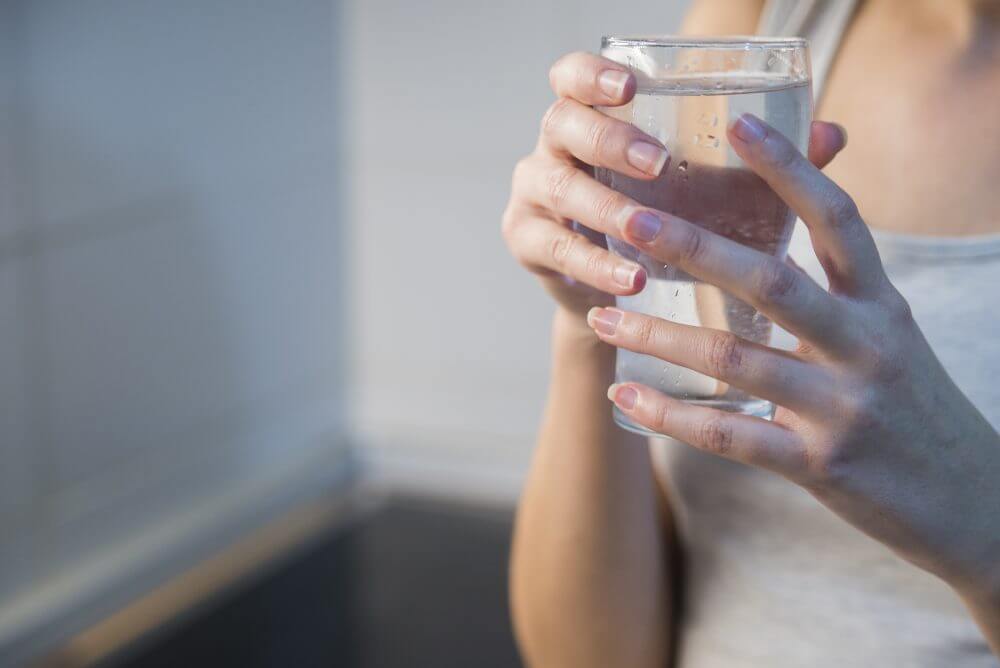
What you apply externally can only achieve so much. Even with your daily regime down pat, your skin can still suffer from a bad diet and stressful lifestyle. If you’ve ever had a breakout during exam time, you’ll know exactly what this feels like.
To start with, make sure you’re staying well-hydrated every day — eight glasses is a good enough guide if you’re drinking from an 8-ounce glass. Don’t scrimp on the shut-eye — inadequate and poor-quality sleep has been linked to skin aging. Stay vigilant when it comes to your stress levels, balancing the rush with enough relaxation. And finally, aim to stick to a well-rounded diet that includes whole fruit, whole vegetables and whole grains.
Step 5 – Support Your Skin From Within
Your gut and your skin have a collaborative relationship that’s more intimate than it appears on the surface. The two communicate over the gut-skin axis, a pathway that allows them to send messages to each other in a constant dialog. And both have vibrant microbial communities that contribute to youth, beauty, and health… as long as they’re in healthy balance themselves.
So if your skin doesn’t look as clear and radiant as you’d like, it’s time to check in with your gut microbiome.
In a healthy gut microbiome, beneficial probiotic bacteria vastly outnumber harmful pathogens. But sometimes, that balance shifts and pathogens outnumber probiotic bacteria—a condition called dysbiosis. This can be brought on by things like a single dose of antibiotics, sugary or fatty meals, or even stress.
With dysbiosis, your gut microbiome sends the wrong messages to your skin microbiome. So, for a health-focused skincare regimen, you’ll want to make sure to get—and keep—your gut microbiome in healthy balance.
A healthy gut full of a diverse population of probiotic bacteria contributes to beautiful skin by:
- Helping your skin retain moisture
- Supporting clear skin
- Addressing fine lines and wrinkles
- Helping resolve occasional blemishes
One of the absolute best ways to keep your gut in health balance is with the right combination of probiotic supplement strains. Working together, they can encourage your beneficial gut bacteria to thrive…and that will show in your skin.
Just Thrive Probiotic is powered by clinically proven Bacillus spore strains for unmatched gut-skin axis support.
Final Thoughts
Though skincare is often touted as a beauty concern, it’s really about protecting an essential organ. Your biggest organ. After all, it’s working round the clock to protect you.
Sources for this article:
- Emollients and moisturisers (DermNet New Zealand, Retrieved 25 May 2017)
- Moisturisers: Do they work? (Harvard Health Publications, Retrieved 25 May 2017)
- Moisturizers (FryFace, Retrieved 26 May 2017)
You May Also Like…
Editor’s Note: This post was originally published on June 1, 2017, and has been updated for quality and relevancy on April 17, 2023.

